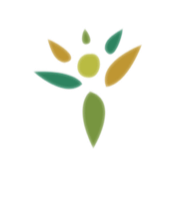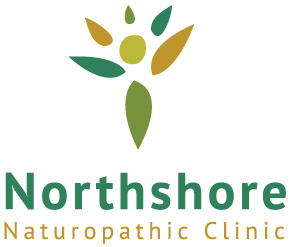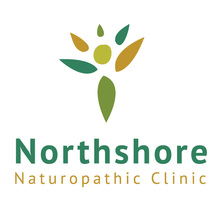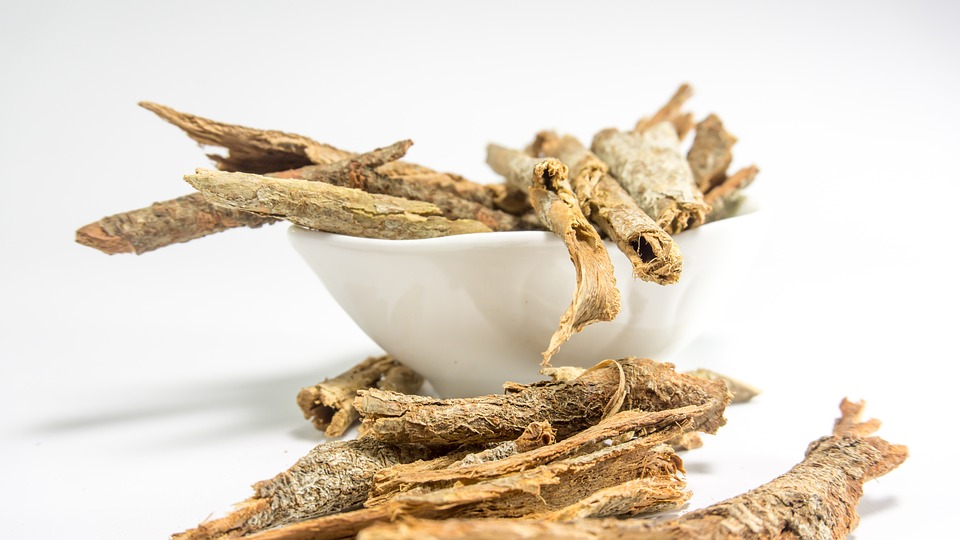By Irene Hayton
Salba® is a nutrient-packed seed from a unique variety of the ancient Chia plant, which is used in the familiar Chia Pets—the pottery figures that sprout “hair” from Chia seeds. Chia seeds were revered by the Aztecs as an energy food.
The chia plant produces two different colored seeds: mostly black plus a few white ones. Salba is the trademark name for the white chia seeds that have been hand-picked and cultivated under controlled conditions in the nutrient-rich soil of the Amazon Basin in Peru. While both are highly nutritious, Salba has a greater overall nutrient content compared to Chia seeds.
Nutritional Benefits
- Salba is the richest whole food source of omega-3 fatty acids, containing even more than flaxseeds. Unlike flax, the healthy fats and other nutrients in salba are more bioavailable when consumed as a whole seed. Flaxseeds are protected by a tough seed coat that won’t be broken down by the digestive process; the seeds must be ground before eating them because if you swallow them whole you won’t benefit from all the nutrients they contain. Salba seeds do not have this thick husk.
- It’s also the richest whole food source of fiber, both soluble and insoluble. A serving of salba (12 grams or 2 level tablespoons) has as much fiber as 1¼ cups of All-Bran cereal. Salba can absorb 14 times it weight in water which helps to give a feeling of fullness and slows digestion, leading to a steadier rise in blood sugar and therefore a steadier insulin release. And of course, the fiber also helps to cleanse the bowels.
- Salba contains high-quality, complete protein, including all the essential amino acids. It has a protein content of 21%, more than most other plants (grains and legumes). Gram for gram, salba has 2½ times more vegetable protein than kidney beans.
- It contains an abundance of vitamins and minerals. Gram for gram, salba has: 7 times more vitamin C than in an orange; 50% of the folate of asparagus; 15 times more magnesium than broccoli; 6 times more calcium than whole milk; 3 times more iron than spinach; and more potassium than a banana. It also contains zinc, selenium, vitamin A and niacin.
- Salba is also a rich source of antioxidants. Gram for gram it has 3 times the antioxidant strength of blueberries.
- It’s grown without the use of pesticides and chemicals and is certified Non-GMO.
- Salba is very low in carbohydrates and is gluten-free.
Salba has undergone 15 years of extensive clinical research and is the only whole food that holds a medical patent. “In acute and long-term clinical studies conducted on individuals with Type 2 Diabetes, Salba® reduced after-meal blood glucose and plasma insulin levels, thereby improving insulin sensitivity, reduced blood pressure, and was effective in reducing risk factors of heart disease, such as body inflammation (C-reactive protein (CRP) and coagulation factors (aspirin-like effect).” (www.sourcesalba.com)
Salba is available in health food stores and in the natural food section of some grocery stores. It’s expensive but high in nutrients and a serving is only 2 tablespoons (12 grams). Salba has a neutral flavor with no aftertaste. Use it in smoothies, on cereal, mixed into yogurt or sprinkled on salads.



